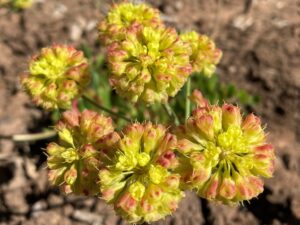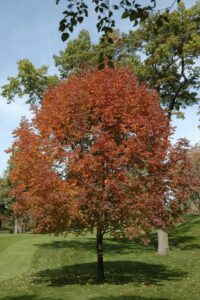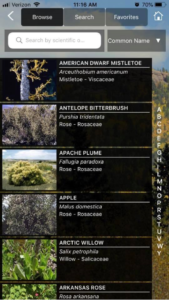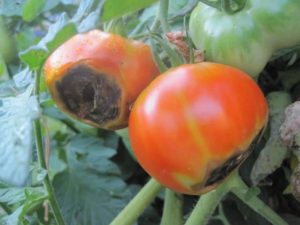Water Wise Landscaping
Water wise landscaping means landscaping with water conservation as a major objective. You may have also heard this referred to as “xeriscaping.”
Whether you are designing and installing a new landscape or retrofitting an existing yard, there is a lot to consider.
CSU Extension has lots of resources on water wise landscaping:
CSU Extension’s Water Wise Landscaping Site
Garden Plans
Low-Water Native Plants
Low-Water Native Plants for Colorado Gardens: Western Slope- Below 7,000’
Low-Water Native Plants for Colorado Gardens: Mountains 7,500’ and Above
Turf
- Native Lawn Establishment in Colorado
- Reduced Maintenance Grass Areas for HOAs
- Herbicides Safe for Use on Buffalograss Turf
- Buffalograss Lawn Establishment Using Seed or Plugs
Turf Removal
- How to Remove All (Or Part) of Your Lawn
- Retrofit Your Yard – Xeriscaping: Retrofit Your Yard – Fact Sheet #7.234
CSU Gardening Webinars on Water Wise Landscaping
from the CO-Horts Blog
The Native Lawn of Your Dreams
Recorded: Wednesday, June 3
Instructor: Dr. Tony Koski, CSU Extension Turfgrass Specialist
Class recording: https://youtu.be/glmgAFmscwI
A Fool’s Guide to Zero-Water Gardens
Recorded: April 1, 2022
Instructor: John Murgel, Douglas County Extension
Recording: https://youtu.be/zACIglVJFTs
Please take our survey if you watch this class!
Waterwise Landscaping Tips and Tricks
Recorded: Wednesday, May 27
Instructor: Amy Lentz, CSU Extension in Larimer County
Class Recording: https://youtu.be/vodEhHqlwlo
Water Conservation in the Garden
Recorded: August 12 at 12:30PM Mountain Time
Instructor: Amy Lentz, CSU Extension in Weld County
Class recording: https://www.youtube.com/watch?v=5e_EZteVJiA&feature=youtu.be
Insects and Disease Issues of Ash in the Tri River Area
For many years, green, white and European ash were planted heavily in the Tri River Area for their fall color and because they were thought to use less water. It turns out they do not thrive in hot areas like parking lots and rocked landscapes. Even prior to the long-term drought, these trees attracted lilac ash borer. Ash trees, Fraxinus spp., make up more than 20% of our tree canopy, providing shade, oxygen, and many more benefits. If your ash tree is young, small, or if more than 30% of the canopy has died, consider planting a different tree species nearby to eventually replace the ash tree. This is called planting a shadow tree.
Click here for further information.
Ips beetle affecting Western Slope Pinion Pines
The prolonged droughts of 2016-2018, have caused great stress to our native Pinyon Pine trees. This stress has allowed the Ips confusus beetle to take advantage by boring into the trunks of the trees and eating the cambium layer resulting in death of the trees.
Read more about how to protect your pinions from the Ips beetle.
Read more about slash management and the Ips beetle.
Colorado Woody Plant App is Available on All Platforms
Coloradans now have an app to help identify trees, shrubs and woody plants – CSU Extension announces the launch of the new “CO Woody Plant” mobile app, available for free on iOS, Android and Google Play!
Identify 200+ species. The ‘plant characteristics’ screen uses visual icons to guide the user through a series of choices to narrow down the possible plants. It also offers the ability to search in ‘offline’ locations without a cellular connection. Check it out at your favorite app store.
Bees Swarming?
- Don’t hurt the bees, just call Western Colorado
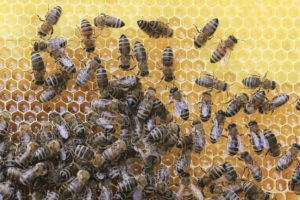 Beekeepers Association who can safely remove the bees! Please call 970-812-0080
Beekeepers Association who can safely remove the bees! Please call 970-812-0080 - For Western Colorado Beekeepers Association website, please click here.
Plant Diagnostics
Plant Problems? Bring us a fresh sample!
- Master Gardener diagnosticians are meeting each week in each of our offices, to examine the plant samples that have been brought to us and try to determine the cause of the problems. If you are bringing us a plant sample, there are several things you can do to help out the diagnostic team:
- Bring in as fresh a sample as possible. Plants left in a hot car become much harder to identify.
- Bring in as much of the plant as possible, including the root where feasible. Bring along
some of the soil, so it can be tested for salts.
- Bring in both an area of the plant that is suffering, and if possible an adjacent section that is doing well. This is especially helpful with turf samples.
- If you need the plant identified, flowers and/or fruit will make diagnosis easier.
- When you come to the office, the Master Gardeners will have you fill out a form that asks a number of questions about the plant. Answering these as thoroughly as possible is very helpful! You can reach the Master Gardeners at each of our offices. In Delta, we’re at 874-2195; in Montrose, at 249-3935, and in Grand Junction we’re at 244-1836. Leave a message and we’ll get back to you as soon as possible.
Winter Watering
Feeling Dry? So is your landscape. Trees, shrubs and lawns will benefit from monthly winter watering.
Check out this video for winter landscape watering: Youtube Winter Watering


